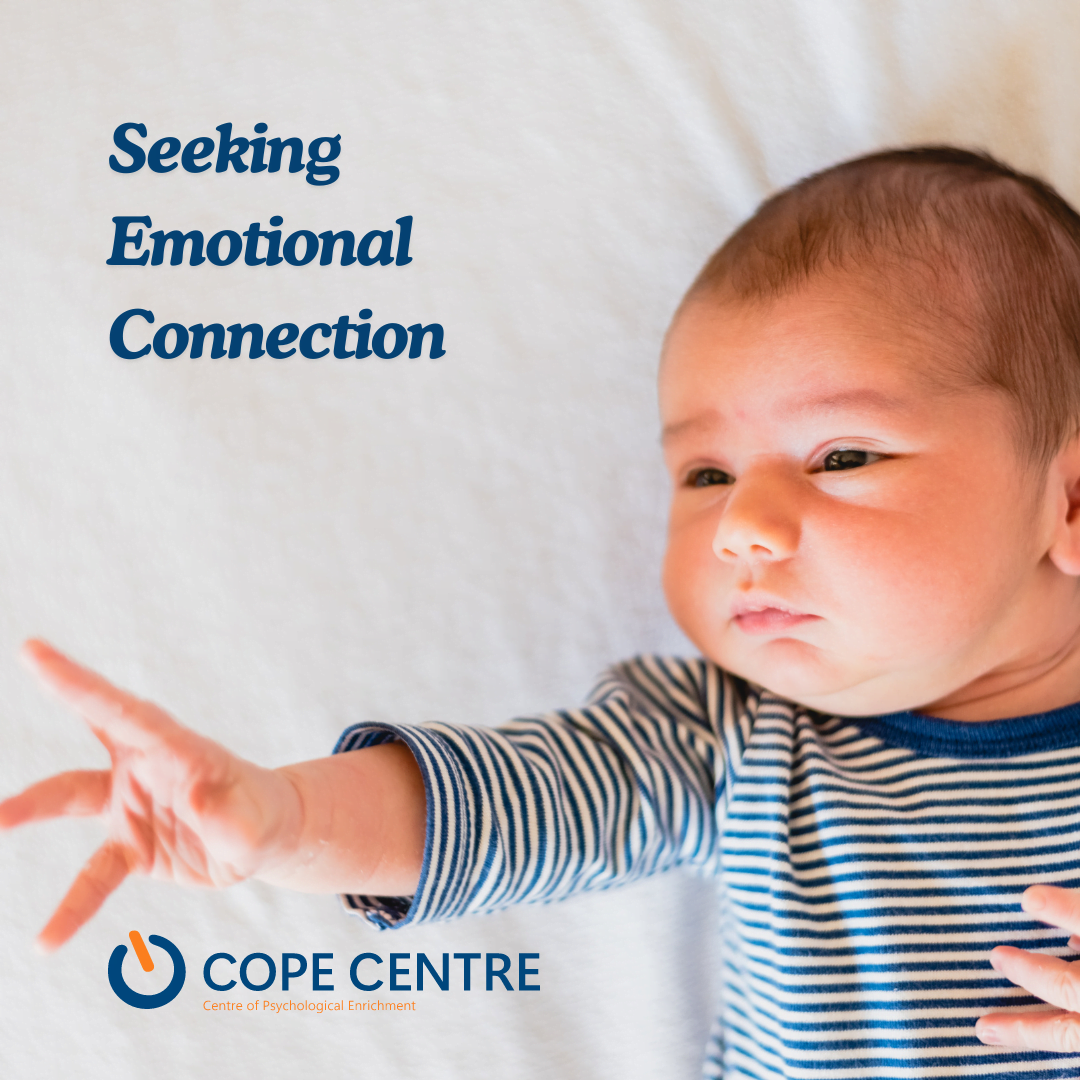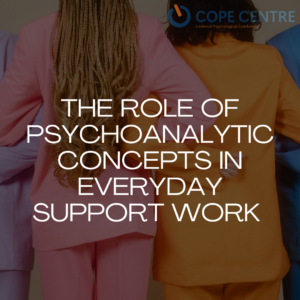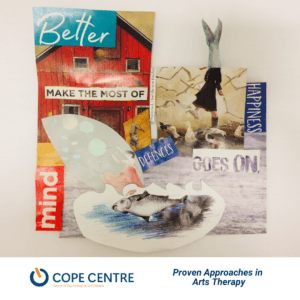People are born ready for connection with their caregivers and life environment. The way parents raise children has a lifelong impact on their ongoing functional capacity. Children’s early life experiences trigger a series of gene, cognitive, physical, psychological, and social changes, which lead to further effects in their lives.

“Still face experiment with babies” demonstrated the emotional connections that children need from a very early life from their important people, and how caregivers’ emotions impact the emotional development and health of the infant and children. Meantime, the “Still face experiment” provided a critical perspective of understanding infants, children and adult’s goal-directed emotional and behavioural patterns when there is a need for emotional reaction, and inspired the research on the value of emotional attunement in relation to child development and the repair of the mis attunement.

Get to know “Still Face Experiment”
The “Still Face Experiment” was first presented by Edward Tronick’s team in 1975, which indicated a phenomenon that an infant became confused, then rapidly sobers and grows wary after two minutes of interaction with a still-face mother or a lack of responsiveness. The infant started to initiate repeated attempts to seek the mother’s response. Due to the limitation of verbal expression and body movement as a baby, the baby appeared to seek attention by looking around, smiling, making sounds and pointing. However, when they fail with these attempts, the baby would shift attention away from the mother as withdrawn and expressed with a hopeless face, distress and frustration are obviously to see. Furthermore, continued absence of reaction led to the baby’s crying and screaming, even loose postural control due to an overwhelmed level of the nervous system. Behavioural concerns could happen at this stage, such as biting the arm potentially for self-comfort. However, when the caregiver returned to a smile, caring and interactive response after a still face, the baby appeared to be able to manage emotions quickly and have an obvious reunion with relaxed body posture and joyful face.
Pattern of Seeking Emotional Connection- Start with Babies but Apply to Humans of All Ages
- Reach-Physical movement of the arm out
- Protest-Attempts to interact with the other person or seek a reaction with emotions
- Turn away- getting confused then overwhelmed from ignorance or absence of responses, look around and turn away from the person they are seeking interaction to
- Final effort- helpless with behavioural involvement, distressed with tears, anger and screams for connection
- Give up cease attempts to obtain interaction and emotional responses due to increased hopelessness


Help Our Children with Emotional Attunement
The development of a baby’s brain impacted the connection and networks with the world throughout their lives. Life experiences will keep shaping and creating their view of themself and the world, but the brain cognitive mapping of infancy finishes speedily and forms the quality of the first stage of their lives. The best support parents can provide children is emotional attunement, which refers to validation, empathy and the appropriate response to children’s inner states of feelings rather than just listening. Meanwhile, emotional attunement helps children to enrich their normal development of social capacities in the long run.
Except for missing or neglecting a response, Mis attunement might also happen when there is a “mismatched” communication. At this point, it is important to raise awareness of the miss-connection in relation to children’s needs by identifying their emotional and behavioural communication way as early as we can. Furthermore, providing age-appropriate validation either with verbal or non-verbal responses will be helpful messages, and children would feel heard and understood by receiving these messages.
What if a misattunement has occurred?
Don’t give up, let’s help our children to repair it. It will never be too late to take action. It could be common that mis-interaction occurs when a caregiver needs to be busy with house chores, provides caregiving for another child, focuses on the phone for a long time during parenting, or suffers from physical or mental health concerns. At this point, healthy and nourished relationships repeatedly address misattunement by repairing emotions and behaviours, and children develop resilience and an “adaptive stick-to-it-iveness” from these repeated departures and repairs. And we can also enrich the quality of response when we are parenting our children.

However, on the other hand, we need to be aware, that when the repair is absent, repetitive miss-connection by lack of response would lead to a failure to believe in adulthood that they would be successful in finding a relationship where no disconnection exists, or they might expect a perfect partner or friend or within a social relationship, and they could feel disappointed if the person would be not perfect enough. At the end, each caregiver’s emotional support to our children is important equally, which could be the dad, extended family member, teachers and service providers.
Still face experiment started with the research of our understanding of infant’s needs of emotional response and interaction and encouraged our awareness building and strategies development of providing appropriate emotional reaction and attunement. Meanwhile, be ready to help with the emotional repair system against misattunement to develop resilience within a healthy relationship.
Wish each of us and our important people will benefit from good emotional responses and healthy relationships, meanwhile, be able to respond to our important people.
Edited by Dorothy Gaw.
COPE Centre of Psychological Enrichment
Visit us at 2 Lawrence Avenue, West Perth
📞 (08) 6556 6460
📧 [email protected]
Our services About – Cope Centre
Follow us here Facebook


